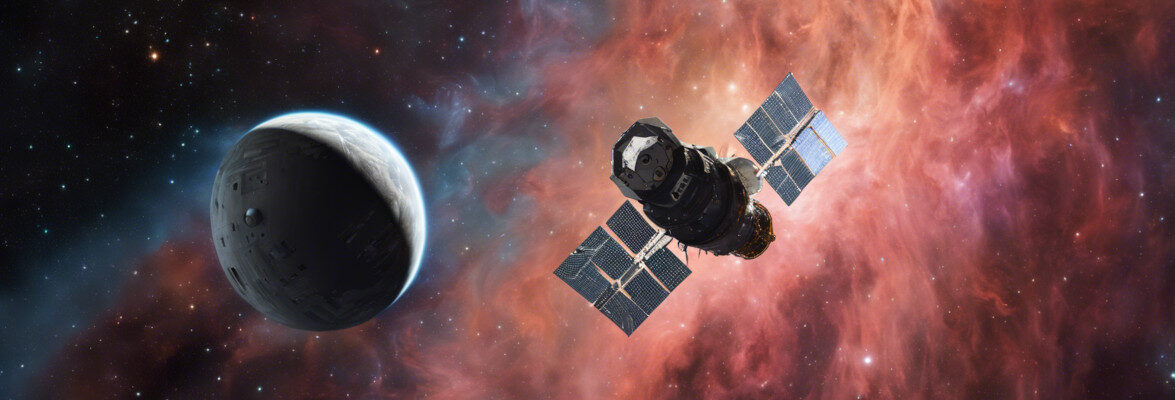
An article published in “The Astrophysical Journal” reports a study of the star Betelgeuse that concludes that it’s smaller and closer to Earth compared to previous measurements. A team of researchers led by Dr. Meridith Joyce of the Australian National University (ANU) used observations conducted using the Coriolis satellite’s SMEI instrument before it started dimming and three different modeling methods to conclude that its radius is about 764 times the Sun’s, its mass is between 16.5 and 19 times the Sun’s and its distance is about 548 light-years from the Earth.
Betelgeuse is one of the brightest stars in the Earth’s sky and is a red supergiant, a star in the last phase of its life, so astronomers are keeping it under constant observation. Since 2019, it had a couple of strong variations in brightness leading to speculation that it could be in the phase of the last collapse before the supernova explosion. In fact, in the first episode, it was probably obscured by a cloud of dust, and in the second one, it probably had another pulsation.
To try to understand more about it, Dr. Meridith Joyce’s team did a new study of Betelgeuse. It may seem strange that the measurements of the characteristics of a star that in many ways is so well known are approximate, but it’s in a variable phase, and this makes this task difficult. To obtain more precise measurements, an important help came from observations made with the Solar Mass Ejection Imager (SMEI) instrument of the Coriolis satellite, active between 2003 and 2016, well before the recent period of Betelgeuse’s high variability.
The researchers were able to use hydrodynamic and seismic models to examine the physics that generates Betelgeuse’s pulsations and understand at what stage of its life it is, also thanks to simulations of its evolution. They confirmed that pressure waves, which are basically sound waves, are the cause of the Betelgeuse pulsations. Another conclusion is that the star is in the phase of helium fusion in its core, but has yet to go through more phases where the fusion of heavier elements in the core will occur before it explodes. This means it could take another 100,000 years before we see the supernova.
The observations made it possible to estimate the radius of Betelgeuse to be about 764 times the Sun’s, even if the margin of error is still high. This is about two-thirds of the estimate made by previous studies. The distance to Earth is also shorter than previously estimated as in this study it turns out to be about 530 light-years from Earth, which means it’s about a quarter closer than previously thought. It’s still at a safe distance to avoid problems when it explodes. The estimate of the star’s mass is the only one to have changed little since the new one, between 16.5 and 19 times the Sun’s, is only slightly lower than previous estimates.
It remains to be seen if there will be any further disagreements in more estimates regarding the characteristics of Betelgeuse and its state. Surely it will remain under observation, so further data can at least make them more precise, but probably the wait for the supernova will still be very long.

